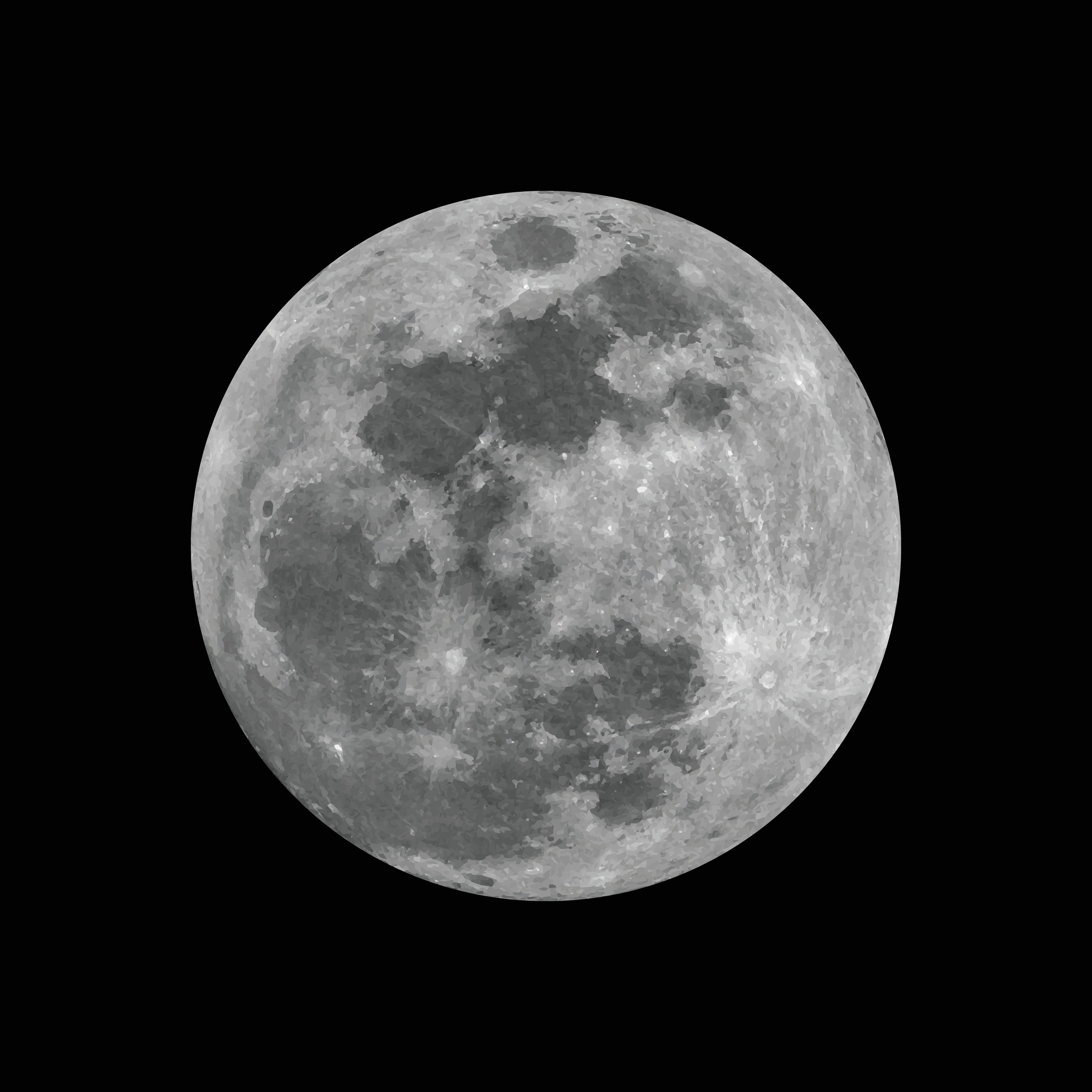Key insights
-
1
Historical Context
The article traces back the history of lunar exploration, highlighting key missions such as the Apollo missions and more recent robotic missions that have provided crucial data about the Moon's surface and the presence of water ice.
-
2
Scientific Evidence
It discusses the various forms of scientific evidence that support the existence of ice on the Moon, including data from spectrometers, radar instruments, and direct sampling.
-
3
Implications for Future Missions
The presence of ice on the Moon has significant implications for future lunar missions. It could provide a source of water for astronauts, potentially support agriculture, and even be converted into hydrogen and oxygen for rocket fuel, making long-term lunar habitation more feasible.
-
4
Challenges and Considerations
The article also addresses the challenges associated with harvesting and utilizing lunar ice, such as the extreme lunar environment, technological limitations, and the need for sustainable extraction methods.
Takeaways
The discovery of ice on the Moon marks an exciting advancement in lunar science and exploration. It offers promising opportunities for future missions and the potential for establishing a human presence on the Moon. However, significant challenges remain in terms of technology and sustainability that must be addressed to fully utilize this resource.

